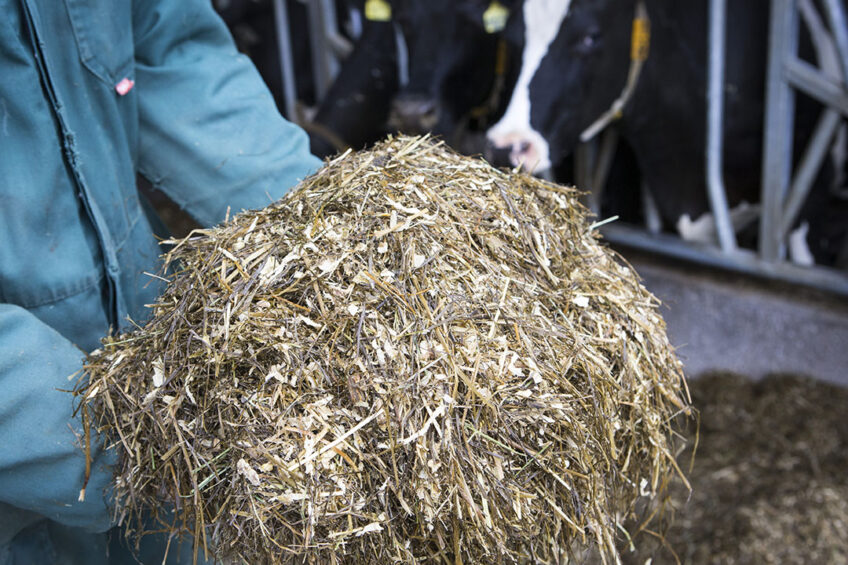Making better mycotoxin decisions in dairy farming

Turbulent weather including heavy rainfall raises concerns about compromised crop conditions and potential mycotoxin challenges throughout the year. Mycotoxins can adversely affect dairy cattle performance and health and cause serious economic issues.
The economic impact occurs through the direct market costs associated with lost trade or reduced revenues due to the rejection of contaminated animal products, reduced productivity, death of the animals (especially calves which are more sensitive), and increased cost of treatment and mycotoxin mitigation. Therefore, dairy producers need to understand the mycotoxin landscape in their region and get an accurate insight to make informed decisions and manage mycotoxin risk effectively.
Why are mycotoxins an important issue?
Mycotoxins are toxic secondary metabolites produced by fungi which cause mycotoxicosis in exposed animals. Mycotoxin exposure usually happens by consumption of contaminated feeds and contact or inhalation. Fungi that can produce mycotoxins grow on numerous feedstuffs such as cereals, dried fruits, nuts, and spices.
Fungi growth can occur either before or after harvest, and during storage under warm, damp, and humid conditions. Most mycotoxins are chemically stable and survive food processing. After consuming contaminated feed, animals show a variety of clinical signs that differ among lactation cows, heifers and calves.
Several different mycotoxins have been identified, but the most observed mycotoxins that present a concern to dairy cattle health include aflatoxins, deoxynivalenol, fumonisins, ochratoxin A, zearalenone, T-2 toxin, type B trichothecenes, and ergot alkaloids.
Minimising the risk from mycotoxins
Feed contamination with mycotoxins is a persistent problem affecting food safety and security, performance, and health of dairy cattle. There are 2 strategies to reduce the negative impact of mycotoxins in dairy industry:
- Pre-harvest approaches such as breeding resistant cultivars, using microorganism chemical control, and of plant stressors management, are aimed at preventing fungal contamination in the field.
- Post-harvest approaches such as temperature and humidity control, modified atmosphere treatment, heat treatment, acid and/or alkaline treatment and control by chemical antifungal agents are applied to the harvested products during harvesting, processing, and storage to prevent, reduce or eliminate the mycotoxin contamination.
How to make informed decisions?
Samples from the total mixed ration need to be analysed to quantify the mycotoxin risk in every region. For dairy producers, mycotoxins such as type B trichothecenes, zearalenone, and deoxynivalenol are the ones that can cause the most issues such as compromised dry matter intake, milk production, digestion, reproduction, gut health and immune response, because synergistic effects can occur between the type B trichothecenes and zearalenone, and multiple mycotoxins can present additional challenges.
Routine testing of the total mixed ration is the best way to identify the concentrations of specific mycotoxins in feedstuffs and to manage individual risk of mycotoxicosis.
Make an informed decision
In conclusion, mycotoxins are prevalent in feedstuffs, and they affect dairy cattle performance and health in many ways. Pre and post-harvest approaches are 2 strategies to reduce the negative impact of mycotoxins in dairy industry. However, most of these approaches have limitations in terms of specificity to fungi and food matrices.
It is recommended to perform routine testing of the total mixed ration to identify the concentrations of specific mycotoxins in feedstuffs, to get an accurate mycotoxin insight, and to make informed decisions regarding individual risk management.











